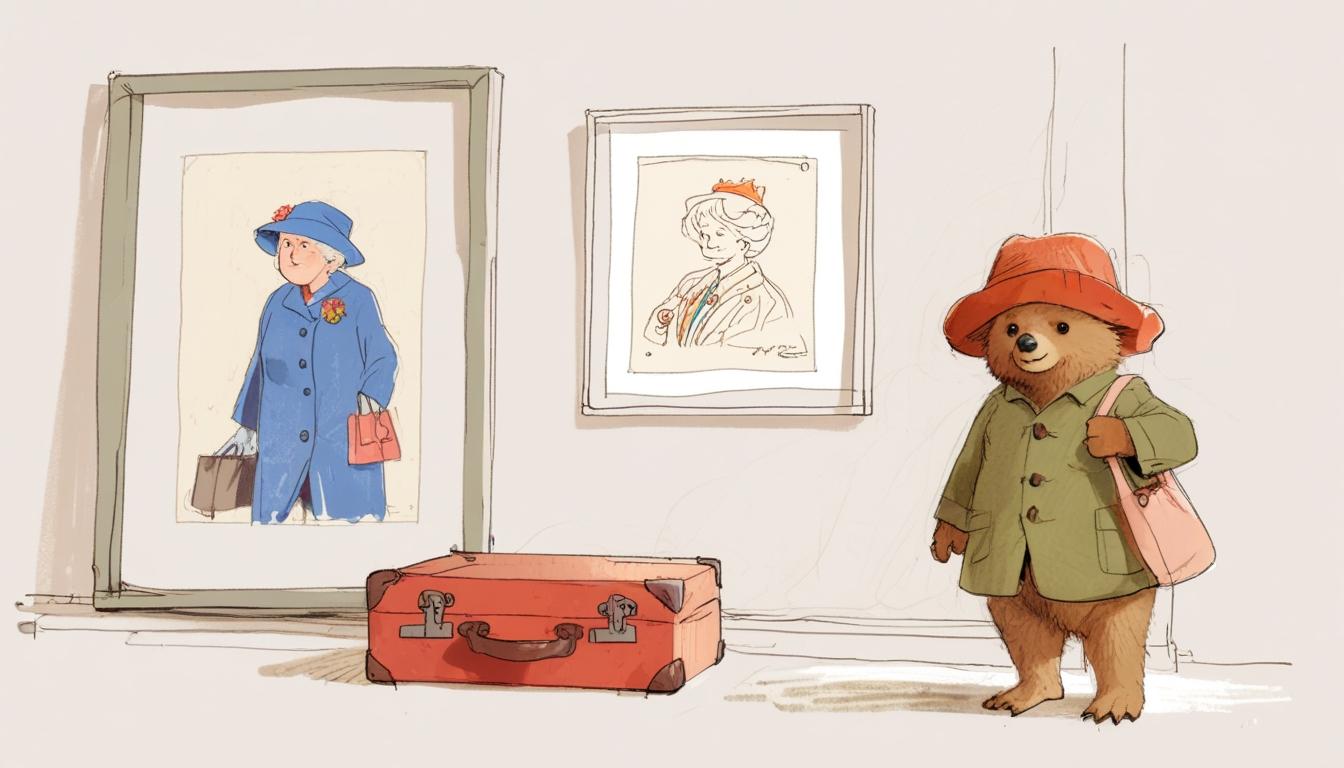The widely recognised fictional character Paddington Bear, who hails from Michael Bond's beloved children’s books, has taken on a new cultural and political significance in recent years, particularly in the UK. While once simply a charming and mischievous bear from “darkest Peru,” Paddington has evolved into a symbol that many view as emblematic of British identity and social attitudes, particularly concerning immigration and the establishment.
The latest Paddington film, "Paddington in Peru," which follows the sequel to the critically acclaimed "Paddington 2," includes a scene showing the bear at his Notting Hill home near a photograph of himself with the late Queen Elizabeth II. This depiction reflects a transformation from the bear's original portrayal as an outsider to more an establishment figure closely linked with British royal and societal traditions.
The Independent highlights how Paddington Bear’s image has expanded far beyond a children’s literary creation. The first two Paddington films, released in 2014 and 2017, coincided with the UK's Brexit debates and a surge in anti-immigration rhetoric. Liberals seized upon Paddington as a symbol of immigrant acceptance, embodying an idealised version of what Britain could aspire to be—welcoming and inclusive. The character is grounded in Michael Bond’s original inspiration, which drew from witnessing Jewish immigration during World War II as well as the evacuation of London children, underpinning Paddington's immigrant identity.
Yet, as the character’s prominence has grown—evidenced by pervasive merchandise, media appearances, and an upcoming West End musical—the Independent draws attention to a perceived dilution of Paddington's original social critique. Paddington is described as having become politically “apolitical” and more a commercial figure, representing "soft, symbolic defiance" rather than genuine activism or challenge to the status quo.
A particularly notable moment came in 2022, when a sketch was filmed featuring Paddington having lunch with Queen Elizabeth II for her Platinum Jubilee celebrations. This event, along with a widely shared image of Paddington walking hand-in-hand with the Queen (which gained increased attention after the Queen’s death), has entwined the bear with royal symbolism, an association that contrasts with his early portrayals where institutions like the police and immigration officials were depicted as antagonistic forces.
The Independent’s coverage emphasises the tension between Paddington’s role as a benign, apolitical mascot and the more complicated realities of British society and politics today. In 2025, with growing public discontent, economic difficulties, and widespread calls for political change, the genteel, tea-drinking Paddington stands out as a symbol of a milder, more deferential approach. This image, while comforting to some, also invites debate on its relevance in a time of intensified social and political upheaval.
The evolution of Paddington Bear from a fictional immigrant figure to an establishment icon illustrates how cultural symbols can be reinterpreted and deployed in changing social contexts, reflecting broader conversations about identity, belonging, and power in contemporary Britain.
Source: Noah Wire Services
